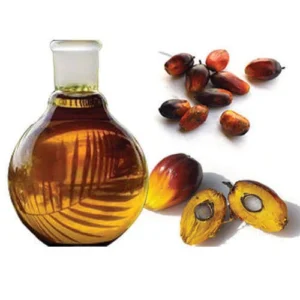Sisal fiber
We are an Inter-continental Supplier of Agricultural Products from Tanzania with the Best grade of Products from Oils seeds Nuts, Beans Spice and Many More. Award Winner for Best Price and steady Supplies worldwide Contact us for Quote
TOP QUALITY SISAL FIBER WHOLESALE SUPPLIER
Sisal fibres are obtained from Agave Sisalana, a native of Mexico. The hardy plant grows well all year round in hot climate and arid regions which are often unsuitable for other crops. Sisal can be cultivated in most soil types except clay and has low tolerance to very moist and saline soil conditions. Husbandry is relatively simple as it is resilient to disease and its input requirement is low compared to other crops. Sisal can be harvested from 2 years after planting and its productive life can reach up to 12 years, producing from 180 to 240 leaves depending on location, altitude, level of rainfall and variety of plant.
The fibres
Although the leaves contain about 90 percent moisture, they are rigid and the fleshy pulp is very firm. The fibres which lie embedded longitudinally in the leaves, being most abundant near the leaf surfaces, must be removed from the leaves as soon as they are cut in order to avoid the risk of damage during the cleaning process. Fibre removal is accomplished by scraping away the pulpy material, generally by a mechanical decortication process, and by hand stripping. Sisal is produced with minimum pre and post harvest losses and average yield of dried fibres is about 1 tonne per hectare, although yields in East Africa can reach 4 tonnes per hectare.
Environmental benefits
Sisal is a renewable resource par excellence and can form part of the overall solution to climate change. Measured over its life-cycle, sisal absorbs more carbon dioxide than it produces. During processing, it generates mainly organic wastes and leaf residues that can be used to generate bioenergy, produce animal feed, fertiliser and ecological housing materialand, at the end of its life cycle, sisal is 100 percent biodegradable. By contrast synthetically produced fibres do not possess any of these traits. Moreover sisal plants reduce soil erosion through its extensive root system and contributes positively to watershed management. Sisal plants used as hedges act as effective vegetative barriers/ fences to protect the crops lands and forests from predatory animals and intruders.
Uses of Sisal
Sisal has a wide variety of applications including:
Traditional – Twine, ropes, string, yarn and which can also be woven into carpets, mats, and various handicrafts.
Competition from synthetics has weakened demand for sisal in these traditional applications, however new consumer demands for natural fibres are expanding the markets for sisal in more high-value applications such as in paper, reinforcing composites and plastic composites.
Sisal pulp and paper – As sisal biomass contains a high proportion of cellulose its pulp is a substitute for wood fibres and adds bulk to paper and cardboard as well as being absorbent and having high fold endurance characteristics making it a high quality input for paper products. Given its porosity, it can be used in cigarette paper filters and things like tea bags.
Textile – A major use of the fibre is in buffing cloth – because sisal is strong enough to polish steel and soft enough not to scratch it.
Sisal reinforcing composites- Sisal can substitute or enhance fibre-glass used to reinforce plastic in automobiles, boats, furniture, water tanks and pipes. Sisal can also be used to add strength in cement mixtures for the development of low cost housing and to replace asbestos in roofing and brake-pads. In addition it is an insulation material and can be made into fibre-board as a wood substitute.
Plastic and rubber composites – Sisal has good potential as reinforcement in polymer (thermoplastics, thermosets and rubbers) composites due to the low density and good welding specific properties. The use of sisal composites in automotive components and other furniture is gaining popularity. Sisal also continues to make the best material for dart boards.
Sisal waste products – By-products from sisal extraction can be used for making biogas, pharmaceutical ingredients and building material. The biomass left after fibres have been removed represents as much as 98 percent of the plant, and most is now flushed away as waste. To exploit the economic value of this material – amounting to some 15 million tonnes annually – the Common Fund for Commodities, UNIDO and the Tanzanian sisal industry funded the first commercial plant to use sisal residues to produce biogas, electricity process heat and fertilizer. Ongoing evaluation of the plant indicates that 75% of the energy produced could be distributed to rural homes and 25 percent used in sisal processing.
The waste produced by decortication such as sisal juice, particles of crushed parenchymatose tissue and fragments of leaves and fibres can be used as fertilizer or animal feed. The juice of the plant is used to make pharmaceuticals like hecogenin, inulin and others.










Reviews
There are no reviews yet.